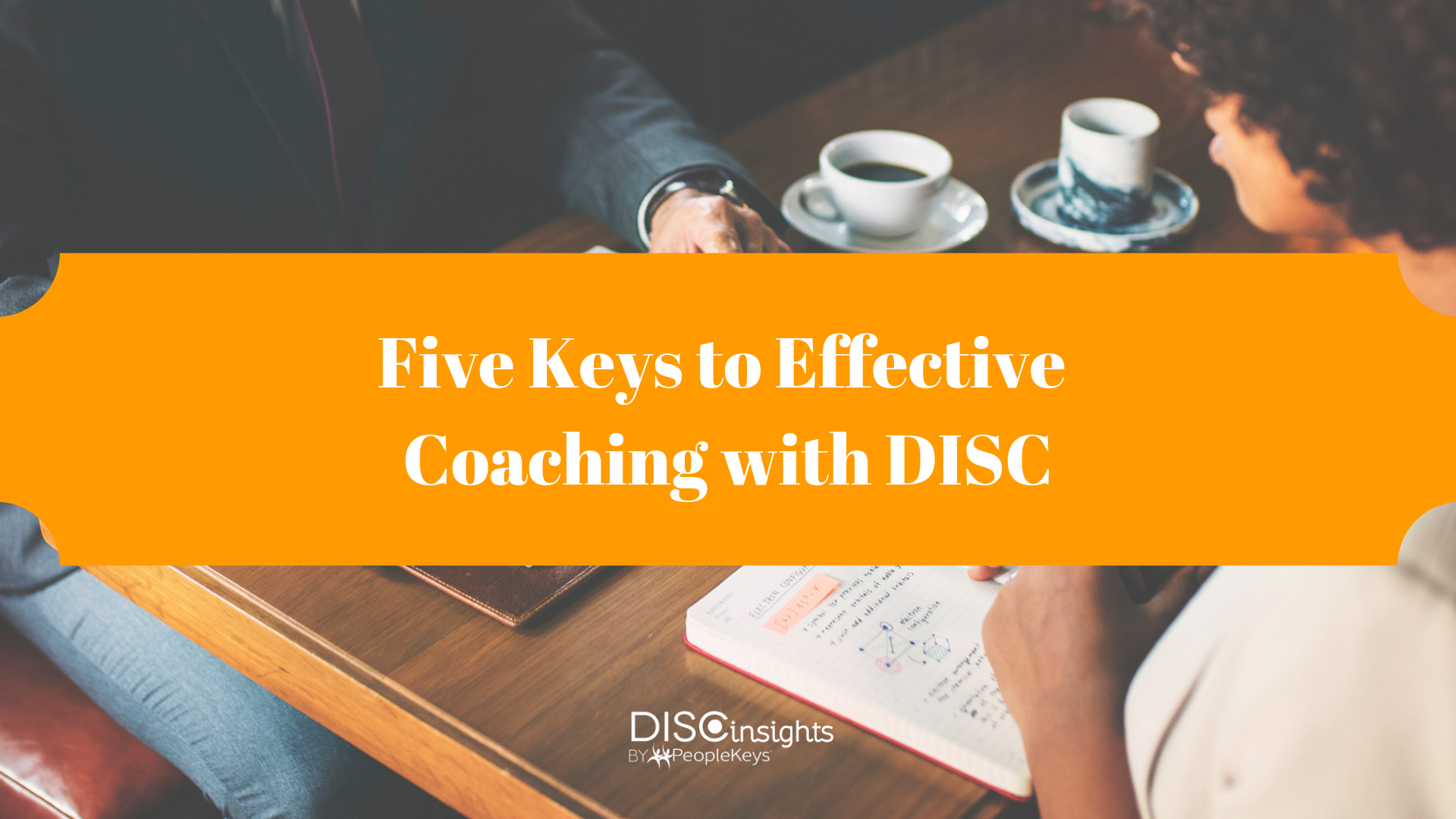- SHOP BY PRODUCT
- DISC TRAINING & CERTIFICATION TOOLS
- DISC RESOURCES
- BLOG
- SHOP BY PRODUCT
- DISC TRAINING & CERTIFICATION TOOLS
- DISC RESOURCES
- BLOG
- ALL ITEMS



It’s not enough to just know how to coach, more importantly, it’s knowing how to be an effective coach. To coach effectively requires understanding the natural characteristics of the coachee. Meaning that you, the coach, have to assess where the person is currently to develop a plan or map of where the coachee wants to go.
Today’s GPS map programs and phone apps, for example, can pinpoint a destination by dropping a pin, but you won’t really know how long it will take or what steps you will need to make until you input your starting point. That’s the difference between a “destination” and “directions.” One tells you the “what” and the other tells you the “how.”
Understanding your starting points are the keys to developing a road map and “directions” framework for your coachee, so you’re not only setting goals, but fulfilling your goals with an informed plan of action. That’s why the keys to effective coaching begin with assessing critical soft skills in the following five areas:
Since coaching is all about building relationships, it has to begin with an in-depth understanding about natural communication style, the coachee’s public perception, as well as his or her behavior under stress. Knowing what behavioral dimensions the coachee devotes the most energy towards will help to guide the coach in direction while developing a road map for progress.
Business coaching is not only about the individual; it’s also about corporate goals. Revealing the work role the coachee is most effective within will help you maximize their skills and expertise within a team, while aligning their strengths to corporate business objectives.
Fundamental to any work environment are values which guide actions, choices, and behaviors. Knowing the coachee’s work values, and making plans to align them with actual corporate values, will help build a healthy and supported corporate culture.
In addition to work values, are personal passions which also shape interests and endeavors inside and outside of work. These basic values drive choices and behaviors, and are great indicators for which areas people will most invest their time and energies. They also uncover areas of natural interest, productivity, confidence, and greater performance. Aligning coachee passions with their goals will help develop a targeted, realistic and fulfilling road map.
Once you’ve identified natural strengths, preferences, and motivators, you can move onto putting it all together in a tangible action plan. Action plans are useful to make the assessment analytics practical and turn all of the information into action. Breaking down the steps in the road map will give the coachee the necessary “directions” to reach one’s final destination (and also to see how far one has traveled).
All coaches should be prepared to not only set goals, but to develop a road map and step-by-step directions. I for one am very thankful for satellite GPS, mapping programs, and mapping apps, like Google Earth, because they have replaced the cumbersome and hard-to-fold paper maps and slightly-more-user-friendly AAA TripTik (a clunky aid some millennials will never know), thankfully. But, since these GPS technologies exist, we utilize them and have found them essential to travel. Behavioral analysis and behavioral assessments used in coaching are also as necessary and utilized as the GPS for mapping a coaching direction to partner in reaching coachee goals.
To learn more about utilizing these five keys to effective coaching in your coaching practice, become a Peoplekeys Certified Behavioral Consultant (CBC).

© PeopleKeys. All Rights Reserved
WORKING DAYS/HOURS
Mon - Fri / 8:30AM - 5:00PM EST
